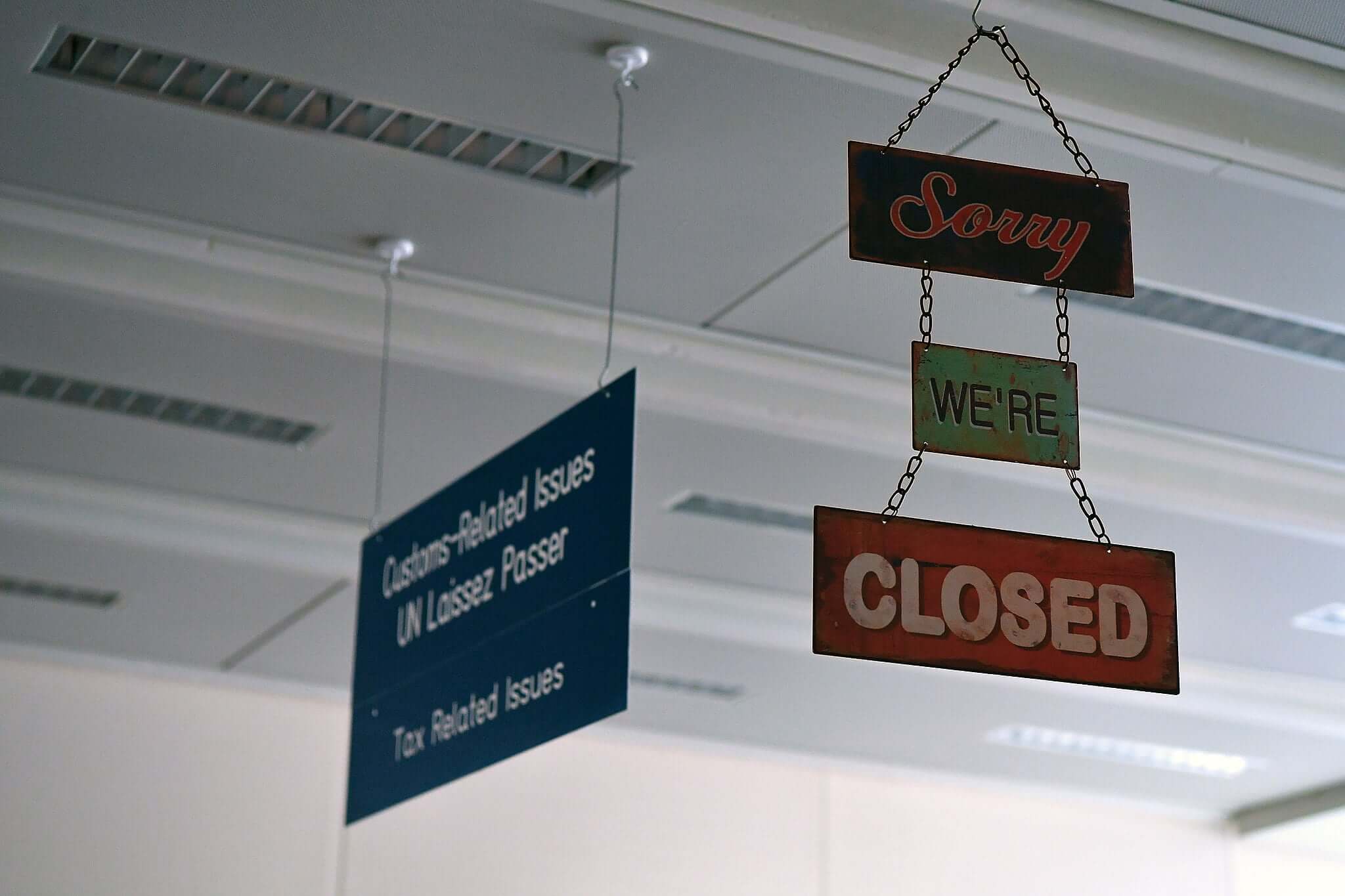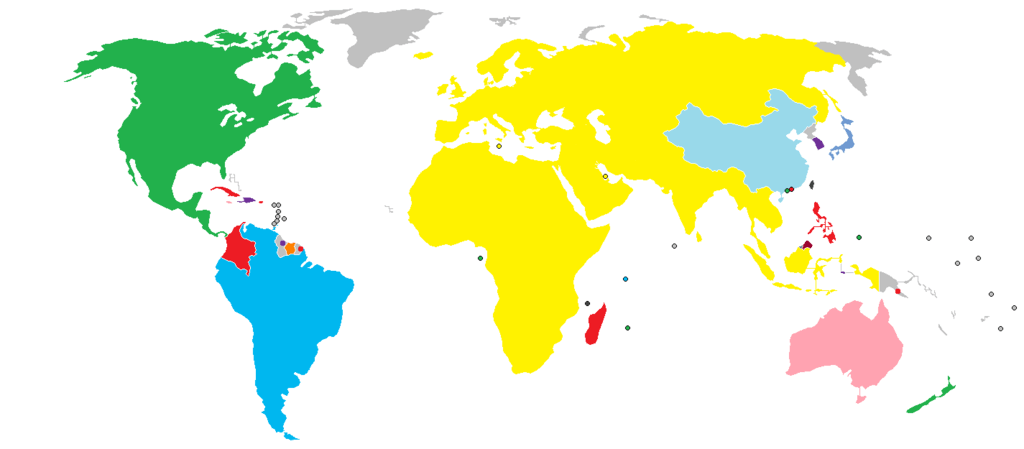If you’re reading my blog, the chances are you’ve been on plenty of other websites as well. Some of those websites will have had a contact form, either on a separate ‘Contact Us’ page or at the bottom (if a one-page website) and some won’t have had one. Instead, they will have simply noted their email address and phone number.
Which way of doing things do you think is the right one? Well, I can tell you that the answer is the former. Your website should always have a contact form. That’s why, in this blog instalment, I have put together some key reasons why you should include one.
Security
Nowadays, every business, organisation or individual wanting to promote themselves needs a website. With that, more websites are falling victim to opportunistic spammers, both human and automated. A key way spammers work, if you don’t have a contact form, is to harvest the email address you have posted on your website. From that point, you will continue to receive annoying spam emails and post comments about various products, offers and services, to name but a few.
Incorporating a contact form on your website, in place of an email, will effectively hide your email address, so spammers can’t find it. In addition, you can integrate something like Google’s reCAPTCHA into your form, to prevent any bots from using the contact form to spam you.
Now, you may want to include both a contact form and a written email address on your website. You’ll have seen that’s quite common. If that’s the case, you don’t need to worry, provided you make sure you use an effective anti-spam plugin on your website. We will talk about that in a forthcoming blog.
Making Yourself Contactable
A common way people try to prevent email spam is to avoid adding email addresses and contact forms to their website. Instead, they will solely add links to their social media platforms. That’s tempting.
The problem with that method of contact is that for those that do have social media, you’re creating a lot more work for them to actually get in touch with you, which comes across as off-putting and unprofessional. The other problem is that not everyone uses social media, so if that is your only method of contact, then you’re instantly losing business before you start.

This is where contact forms come in. They give your users the (of course correct) impression that you are contactable. Users will feel like they can get in touch with you at any time of the day and won’t have to work very hard to do so. This in turn will help to generate more leads for your website, making it more successful, which is exactly what you want.
Getting Clearer Enquiries from Visitors
To run a successful website and get great visitor feedback, you want to be able to help them to the best of your abilities. Often, that means getting more information from them when they get in touch. If all you’re using is social media, then you won’t even get a message subject from any enquiry. If you’ve only gone as far as an email address, you might get a message subject but even then, that’s not mandatory.
The great thing about using a contact form on your website is that you can ask for the right information from your visitors, making those fields mandatory, so you can better help them. This could include a message subject, a location, a type of request (such as a general or technical enquiry) or anything in between.
What’s more, with some plugins like WPForms, you can include conditional logic on your contact form, so you can make sure you receive specific information from your visitors, depending on the type of question they have. For example, if they were to get in touch with you about an order they placed, you could ask them for their order number through the form. If they were only getting in touch about placing an order, you could make sure they weren’t asked for an order number.
Directing Enquiries to the Right Place
If your organisation has different departments, you may want to make sure that any enquiries you receive are directed to the right place, for example membership, technical or order enquiries. This is pretty much impossible to do if you’re relying on social media or direct emails for your visitor contact.

However, with a contact form, you will be able to automatically direct the email notification to the right place. Similar to when we talked about getting clearer enquiries from visitors, if you include department names as a clickable option in the form, you can set your form up to send an email notification to a specific team, depending on the department the user clicked on in the form. That’s invaluable if you want to make sure you respond to all enquiries efficiently, without any getting lost.
Getting to Know your Audience Better
Finally, another benefit of using a contact form on your website is that you can ask the user to input their location, so you can start to build up a map of where your enquiries are coming from. If you’re only operating a local business, such as a trade, coffee shop or something similar, this perhaps isn’t so much of an issue. However, if you want to expand your business to the rest of the country and beyond, it could be invaluable knowing where your leads are coming from. You simply cannot do this through email or social media alone.

The only issue with this, as I am sure you have guessed, is GDPR. Taking someone’s location in a contact form would mean you are collecting more sensitive data about them. You would therefore need to include this in your website’s privacy statement and provided you do that properly, you won’t run into any issues.
How will Digital Lychee Help You?
As we have seen, there are many benefits to including a contact form on your website, from better security right through to getting to know your audience better. If you are simply using my blog for information, then that’s great.
If, however, you are looking at having a website built, or having your current website improved, you have come to the right place. As we develop your website, I will give you all the advice you need about setting up your contact form, where to place it, which fields would be relevant to you and much, much more. You can get in touch with me here. I am looking forward to hearing from you.
